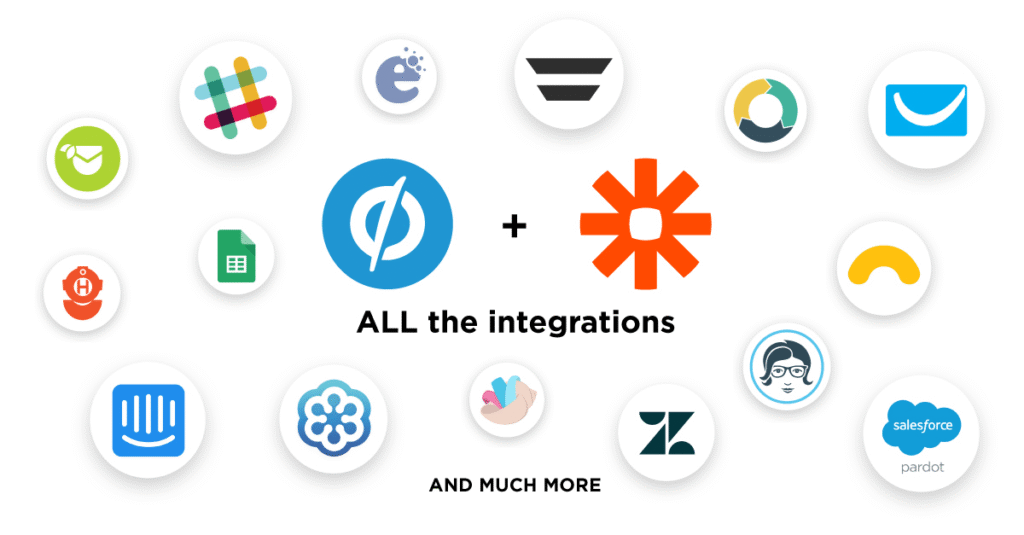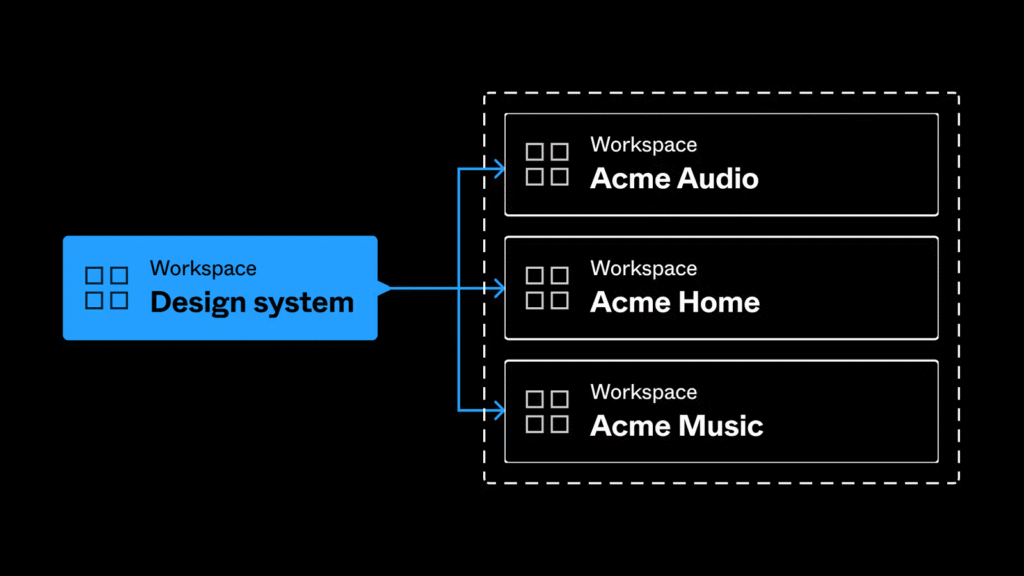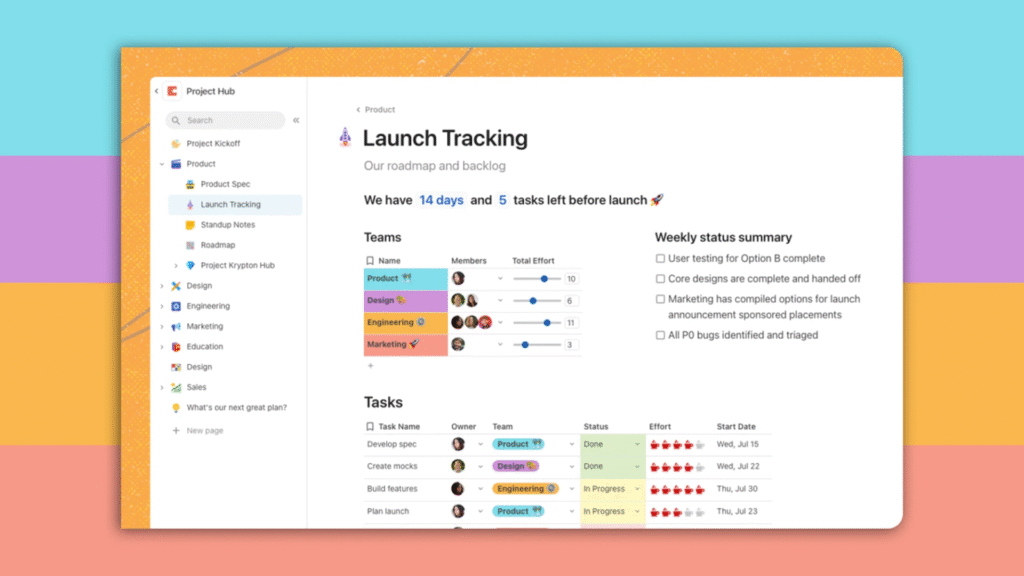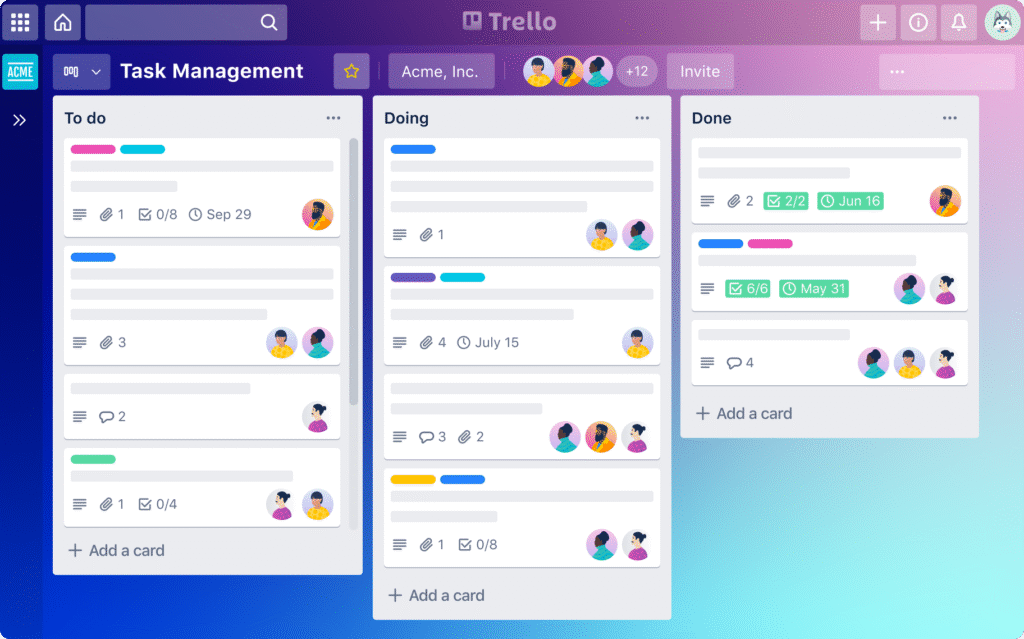Introduction: The Power of SaaS Tools in 2025
Software-as-a-Service (SaaS) has become the backbone of modern businesses and professionals across industries. With so many tools available, it can be overwhelming to choose the best ones that suit your needs. While the industry is home to well-known giants like Google Workspace, Slack, and Zoom, some underrated SaaS tools are quietly making a significant impact on productivity, design, writing, and automation. These hidden gems are often overlooked but offer exceptional value in terms of innovation, usability, and efficiency.
In this article, we’ll explore 10 underrated SaaS tools you should definitely try in 2025 to streamline your workflows, enhance creativity, and boost productivity.
WriteSonic: A Powerful AI Writing Assistant
WriteSonic is an AI-driven content creation platform that helps writers, marketers, and businesses generate high-quality written content in a fraction of the time. From blog posts to social media captions, WriteSonic provides a range of features that make it an excellent alternative to more expensive AI tools like Jasper.
Key Features:
- AI-powered writing assistant for blog posts, articles, ads, and more
- Multilingual support for global outreach
- Templates for various types of content

Why You Should Try It:
WriteSonic helps you automate content creation while maintaining quality. Its AI engine can adapt to various writing styles, making it suitable for both long-form and short-form content. Plus, it offers a competitive pricing model that appeals to small businesses and solo entrepreneurs.
Zapier: The Ultimate Workflow Automation Tool
Zapier is a highly underrated SaaS tool that makes automating repetitive tasks effortless. With its user-friendly interface and integration with over 2,000 apps, Zapier allows you to create customized workflows without needing any coding knowledge.
Key Features:
- Integrates with over 2,000 apps including Gmail, Slack, and Trello
- Set up “Zaps” to automate tasks between apps
- No coding required for creating automated workflows

Why You Should Try It:
If you’re tired of manually transferring data between apps or updating your social media regularly, Zapier will save you hours. It’s the perfect tool for those who want to focus on higher-value tasks without getting bogged down by mundane administrative work.
Airtable: A More Visual Alternative to Spreadsheets
Airtable is a flexible database management tool that allows you to create dynamic, visually engaging databases. Whether you’re managing projects, tracking inventory, or organizing content, Airtable makes it easy to collaborate and stay organized.
Key Features:
- Hybrid of a database and spreadsheet
- Customizable views for tasks, kanban boards, and calendar integration
- Collaboration features for teams
Why You Should Try It:
Airtable is an intuitive, easy-to-use platform that can replace traditional project management tools, giving you more control over your data. Its visual nature allows you to track progress and create detailed reports effortlessly.
Figma: The Collaborative Design Tool
Figma is a design tool that has gained traction in recent years due to its collaboration-first approach. It allows multiple users to work on the same design in real time, making it perfect for teams, freelancers, and agencies.
Key Features:
- Cloud-based collaboration for real-time design work
- High-quality design tools and templates
- Easy handoff to developers

Why You Should Try It:
Whether you’re designing websites, apps, or social media graphics, Figma offers a streamlined design experience. It’s suitable for teams working remotely and offers features that make designing and feedback easier than ever.
Notion: All-in-One Workspace for Notes and Projects
Notion is a versatile tool that combines note-taking, task management, and collaboration all in one place. It’s an ideal solution for those looking for a single tool to manage everything from to-do lists to knowledge bases.
Key Features:
- Customizable templates for notes, databases, and wikis
- Collaboration features for teams
- Integration with other apps like Google Drive

Why You Should Try It:
Notion is perfect for users who want to centralize their workflows into one tool. Whether you’re managing personal tasks or working on collaborative projects, it’s flexible enough to adapt to any workflow.
Loom: Simplifying Video Communication
Loom is a simple yet powerful video messaging tool that allows users to record and share videos quickly. It’s particularly useful for asynchronous communication, especially for teams that work remotely.
Key Features:
- Record video and share links instantly
- Ideal for tutorials, product demos, and feedback
- Built-in editing features

Why You Should Try It:
Instead of writing lengthy emails, Loom lets you explain complex ideas in a few minutes with a video message. This tool is ideal for anyone looking to streamline their communication while adding a personal touch.
Coda: A Flexible Document Editor with Advanced Capabilities
Coda is a document editor that goes beyond simple word processing. It combines text documents, spreadsheets, and project management tools into a single, powerful workspace.
Key Features:
- Combines document, spreadsheet, and app-like functionality
- Automation features for workflows
- Templates for project management, team coordination, and more

Why You Should Try It:
Coda is a great choice for people who want to create complex documents or workflows without needing to switch between multiple tools. It’s perfect for teams and businesses that need to streamline their document management.
Trello: Simple Project Management for Teams
Trello is an easy-to-use project management tool that uses a board and card system to organize tasks visually. It’s perfect for managing everything from personal tasks to complex team projects.
Key Features:
- Visual task boards with cards and lists
- Collaboration features for teams
- Integration with other apps like Slack and Google Drive

Why You Should Try It:
Trello’s simplicity makes it an excellent choice for users who want a no-fuss tool to manage projects. Its visual layout helps you organize tasks while keeping everyone on the same page.
Webflow: A Design-First Website Builder
Webflow is a website-building platform that combines the power of traditional website builders with the flexibility of custom design. It’s perfect for users who want to create visually stunning websites without writing code.
Key Features:
- Drag-and-drop web design interface
- Custom code integration
- CMS functionality for content management
Why You Should Try It:
Webflow is ideal for designers who want more control over their websites without having to dive deep into code. It offers powerful design features and the ability to create custom-built sites that look and function beautifully.
Canva: The Easy Graphic Design Tool
Canva is a popular graphic design tool that allows users to create professional-looking designs without any design experience. It’s ideal for bloggers, marketers, and small businesses who need quick, high-quality graphics.
Key Features:
- Thousands of templates for various types of content
- Drag-and-drop design functionality
- Built-in stock photos and icons

Why You Should Try It:
If you need a quick, easy-to-use tool for creating graphics, Canva is perfect. Whether you’re designing social media posts, presentations, or website graphics, Canva’s user-friendly interface and vast template library make it a go-to tool for content creators.
Conclusion: Why You Should Explore These Underrated SaaS Tools in 2025
As we move into 2025, there are plenty of SaaS tools that deserve more attention. These 10 underrated tools can help you streamline your workflow, improve productivity, and make your daily tasks more efficient. Whether you’re a content creator, project manager, or business owner, these tools offer fantastic value at an often lower price than the more established options. So why not give them a try?
FAQ
1. What are the benefits of using SaaS tools?
SaaS tools provide flexibility, scalability, and accessibility by offering cloud-based solutions that require no installation or maintenance. They are cost-effective, easy to use, and often come with various integrations.
2. How can I find the right SaaS tool for my business?
Consider the specific needs of your business and look for tools that offer the features you need. Reading reviews, comparing prices, and checking integrations can help you choose the right tool.
3. Are these tools suitable for small businesses?
Yes, many of the tools mentioned, like WriteSonic, Trello, and Canva, offer affordable plans and are perfect for small businesses looking to improve efficiency.
4. Do these tools have free trials?
Most SaaS tools offer free trials or freemium versions, allowing you to try them before committing to a paid plan.
5. Can I integrate these tools with other platforms?
Yes, many of these tools, like Zapier and Airtable, allow integrations with other apps to streamline your workflows.







